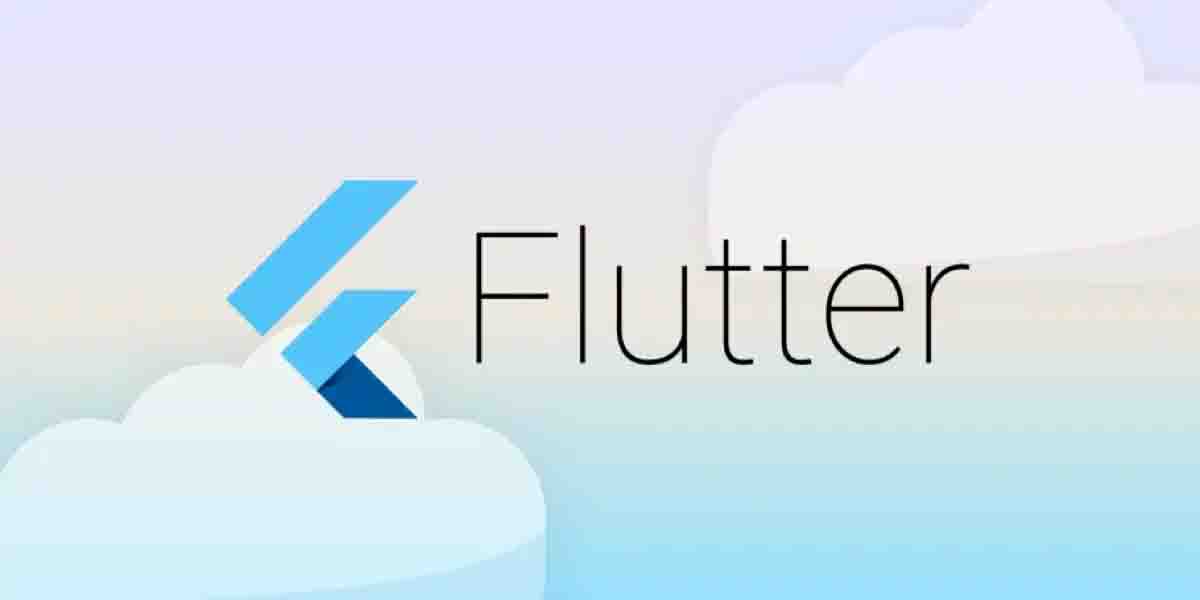
Flutter has grown into one of the most powerful and versatile frameworks for building cross-platform mobile applications. While the basics are easy to get started with, mastering advanced topics and packages in Flutter is crucial to building more complex and scalable applications. In this blog, we will explore some advanced topics and packages that can take your Flutter development skills to the next level.
13.1 WebSockets & Real-time Data
WebSockets are a popular method for building real-time applications. Flutter provides various packages that support WebSocket integration, which enables bidirectional communication between the client and the server. This is particularly useful for chat apps, live updates, and collaborative applications.
To implement WebSockets in Flutter, you can use the web_socket_channel package. Here’s a basic example:
dart
CopyEdit
import 'package:web_socket_channel/web_socket_channel.dart';
void main() {
final channel = WebSocketChannel.connect(
Uri.parse('wss://example.com/socket'),
);
channel.stream.listen((message) {
print(message);
});
// Send data to server
channel.sink.add('Hello, server!');
}
This setup allows your Flutter app to communicate in real-time with a server. WebSockets ensure that updates are pushed immediately, enabling the kind of interactive experience required for live data applications.
13.2 Flutter with GraphQL
GraphQL is a powerful query language for APIs, allowing clients to request only the data they need. When integrating GraphQL into Flutter apps, the graphql_flutter package makes it incredibly easy to interact with GraphQL endpoints.
Here’s how to get started:
- Add the
graphql_flutterpackage to yourpubspec.yamlfile:
yaml CopyEdit dependencies: graphql_flutter: ^5.0.0
- Initialize a
GraphQLClient:
dart
CopyEdit
import 'package:graphql_flutter/graphql_flutter.dart';
final HttpLink httpLink = HttpLink('https://api.example.com/graphql');
ValueNotifier<GraphQLClient> client = ValueNotifier(
GraphQLClient(
cache: GraphQLCache(store: InMemoryStore()),
link: httpLink,
),
);
- Query or mutate data:
dart
CopyEdit
Query(
options: QueryOptions(
document: gql('''
query GetUser {
user {
name
email
}
}
'''),
),
builder: (QueryResult result, {VoidCallback refetch, FetchMore fetchMore}) {
if (result.hasException) {
return Text('Error: ${result.exception.toString()}');
}
final user = result.data['user'];
return Text('Name: ${user['name']}, Email: ${user['email']}');
},
);
GraphQL in Flutter helps to efficiently retrieve data, especially in cases where complex queries are involved, making it an essential tool for modern app development.
13.3 Flutter & Machine Learning Integration
Machine learning (ML) is becoming increasingly relevant in mobile applications, allowing apps to provide personalized experiences, predictive analysis, and intelligent features. Flutter has several options to integrate ML models, both via pre-trained models or custom models.
For on-device ML, the flutter_tflite package allows you to run TensorFlow Lite models on mobile devices. To use it, follow these steps:
- Add the
flutter_tflitedependency:
yaml CopyEdit dependencies: flutter_tflite: ^1.1.1
- Load a model and make predictions:
dart
CopyEdit
import 'package:flutter_tflite/flutter_tflite.dart';
Future<void> loadModel() async {
await Tflite.loadModel(
model: 'assets/model.tflite',
labels: 'assets/labels.txt',
);
}
Future<void> classifyImage(imagePath) async {
var result = await Tflite.runModelOnImage(
path: imagePath,
numResults: 2,
threshold: 0.5,
);
print(result);
}
This allows for real-time image recognition or other types of ML tasks directly on the device.
13.4 Implementing Payments in Flutter (Stripe, Razorpay)
Adding payment processing functionality to a Flutter app is a common requirement for apps involving e-commerce or subscription models. Flutter supports several payment gateways, with Stripe and Razorpay being two of the most popular options.
Stripe Integration: To integrate Stripe, use the flutter_stripe package:
- Add
flutter_stripeto yourpubspec.yaml:
yaml CopyEdit dependencies: flutter_stripe: ^1.0.0
- Configure and create payment methods:
dart
CopyEdit
import 'package:flutter_stripe/flutter_stripe.dart';
Stripe.publishableKey = "your-publishable-key";
Stripe.merchantIdentifier = "merchant.com.example";
Stripe.urlScheme = "flutterstripe";
Future<void> makePayment() async {
final paymentMethod = await Stripe.instance.createPaymentMethod(
PaymentMethodParams.card(),
);
final paymentIntent = await createPaymentIntent();
await Stripe.instance.confirmPayment(
paymentIntent.clientSecret,
PaymentMethodParams.card(paymentMethod.id),
);
}
Razorpay Integration: For Razorpay, use the razorpay_flutter package:
- Add
razorpay_flutterto yourpubspec.yaml:
yaml CopyEdit dependencies: razorpay_flutter: ^1.2.6
- Create a payment method:
dart
CopyEdit
import 'package:razorpay_flutter/razorpay_flutter.dart';
Razorpay _razorpay = Razorpay();
void openCheckout() {
var options = {
'key': 'your-razorpay-key',
'amount': 1000,
'name': 'Flutter Payment',
'description': 'Payment for order #123',
};
_razorpay.open(options);
}
By integrating these payment gateways, you can securely process payments in your Flutter applications.
13.5 Flutter Plugins & Custom Native Modules
Flutter plugins are powerful tools that extend the functionality of your Flutter app by enabling access to native device features. While Flutter provides a vast array of plugins, there may be cases where you need to write custom native code to access platform-specific functionality.
To create a custom native module:
- Define a Method Channel to communicate between Dart and native code:
dart
CopyEdit
import 'package:flutter/services.dart';
class NativeBridge {
static const platform = MethodChannel('com.example/native');
Future<String> getDeviceInfo() async {
try {
final String result = await platform.invokeMethod('getDeviceInfo');
return result;
} on PlatformException catch (e) {
return "Failed to get device info: '${e.message}'.";
}
}
}
- Write the corresponding native code for Android (Java/Kotlin) and iOS (Swift/Objective-C).
This enables Flutter to access platform-specific features like custom hardware integrations or OS-specific APIs.
Conclusion
Mastering advanced topics and Flutter packages opens up endless possibilities for building sophisticated mobile applications. By incorporating WebSockets, GraphQL, machine learning, payment gateways, and custom native modules into your Flutter projects, you can create feature-rich apps that meet the needs of modern users. Keep exploring these topics, and soon you'll be building apps with cutting-edge capabilities.
Leave a Comment